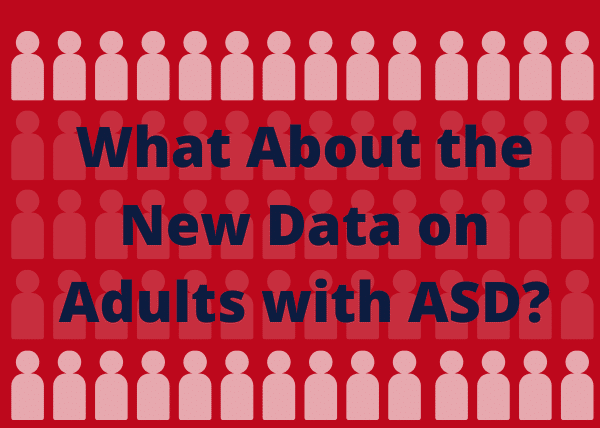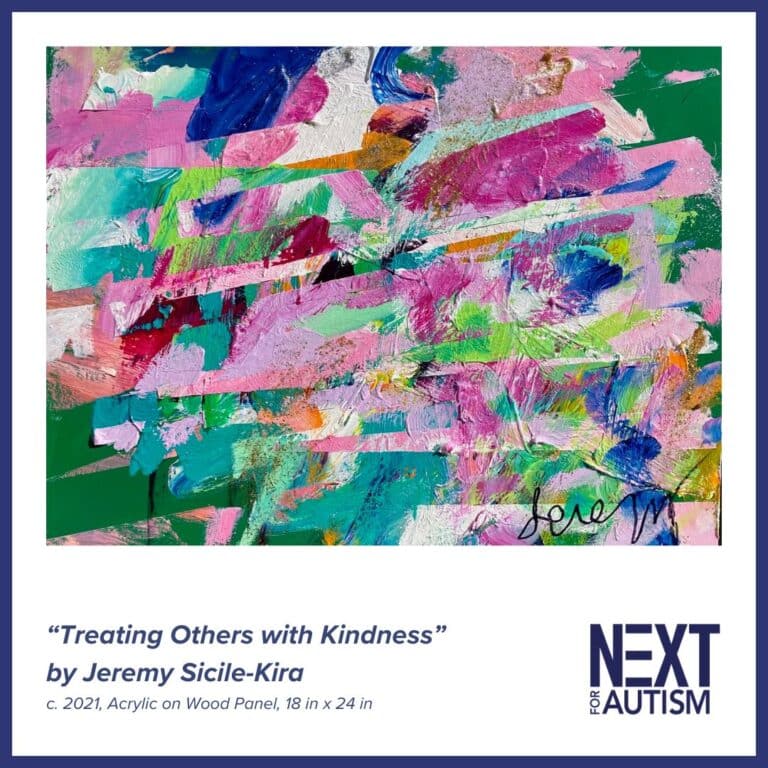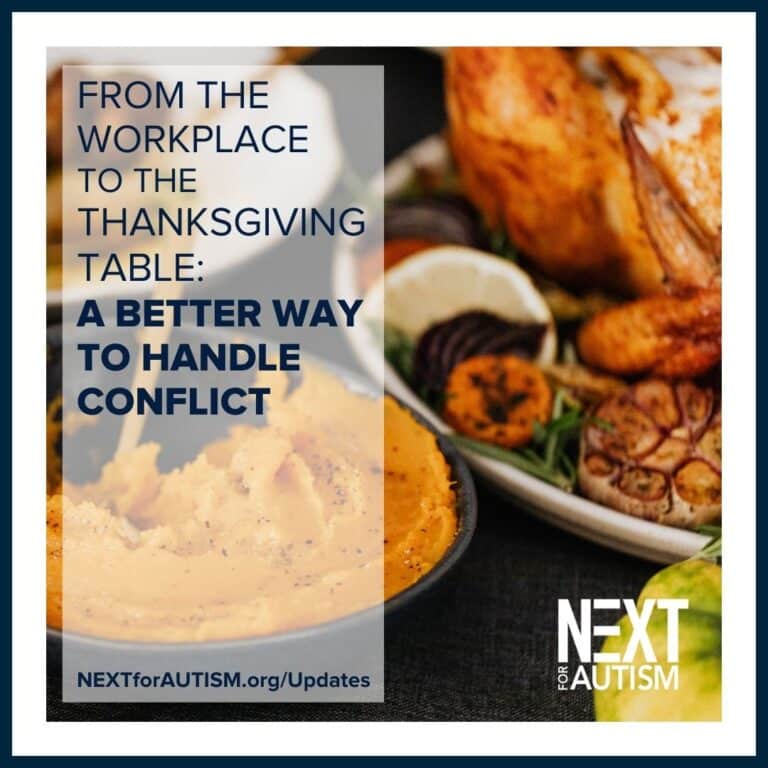What About the New Data on Adults with ASD?
By Patricia Wright, PhD, MPH
In May, the Centers for Disease Control and Prevention (CDC) published its first study on the prevalence of autism in adults, which estimated that 5.4 million adults in the U.S. are living with autism. Although an estimate, this number is the first reference to the adult population from the CDC that has been validated in a peer-reviewed publication.
Prevalence data in autism, focused on children so far, have garnered a lot of interest. The public has been quick to ask, appropriately, “Why are there more people with autism now than before?” And as the numbers became too big to ignore (from 1 in 150 in 2000 to 1 in 54 in 2020), additional services and supports have been designed and implemented for children with autism. The prevalence data were compelling enough for society to act.
How will this new data regarding adults compel us to act?
Children with autism will grow up to be adults with autism. The autism community has been keenly aware of this fact and planning for it, but we are not there yet in terms of services. In 2008, NEXT for AUTISM co-founded Advancing Futures for Adults with Autism (AFAA), a consortium of national, regional and local autism organizations that scoped the needs of the adult population and the services required. We determined that adults with autism need quality community living options to lead healthy, engaged lives. They need quality employment programs to gain and maintain employment and build a meaningful career.
NEXT for AUTISM has been working to develop these types of programs since 2008, including NEXT for NEIGHBORS, a community living service that reimagines life for adults with autism within our communities; Project SEARCH Autism Enhancement, a job-skills development and internship program, and Corporate Employment Consulting to work with companies to hire and retain employees with autism and other disabilities.
We know from our work that the right supports can make a big difference. We proudly graduated our 8th class of interns from the Project SEARCH Autism Enhancement internship program this week. These young adults underwent nine months of intensive programming, rotating among three job sites, and learning skills for jobs in offices, pharmacies, kitchens and maintenance departments. The program also prepares them with life skills such as time management, social interaction, self-advocacy, personal presentation, job searches and interviews. When COVID-19 forced everyone into quarantine, the staff quickly adjusted the curriculum and taught the interns telecommuting skills. Though small, this model program has an 80% employment rate after graduation and is an example of what can be possible in one employment scenario.
Programs like ours are only the beginning. Many of the 5.4 million adults identified by the CDC do not have places to live that meet their needs. We must create more models of healthy living for adults based on common characteristics of success that we already know about. Adults with and without autism want to choose where and with whom they live. They want to live in a home environment that is safe and welcoming. It is that simple, yet still unattainable for many. As for unemployment and underemployment, workplaces that value diversity and are focused on finding diverse talent and supporting that talent with strategic, not necessarily costly, accommodations are the companies where adults with autism will thrive.
We must build on this knowledge. It is my hope that the new prevalence data will inspire the same systems change that it produced for children. Those 5.4 million adults with autism can be contributing members of our society if we embrace the idea that their success can be achieved through the delivery of quality services and supports.








Leave a Reply